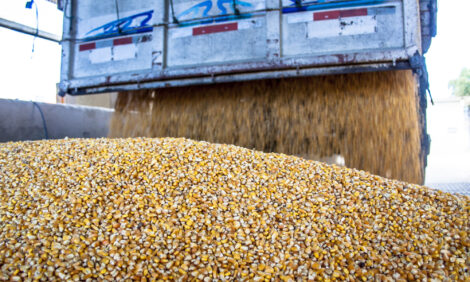New farrowing induction methods designed to beat the clock
GUELPH - There's a lot that can be done to help sows during farrowing, and improve the newborn piglet survival rate - if only piglet births didn't usually occur outside normal daytime working hours.
|
Need a Product or service?
|
|

But University of Guelph researchers are using hormones to induce farrowing and produce daytime births, giving piglets a better chance of survival.
Profs. Glen Cassar and Robert Friendship, Department of Population Medicine have examined different dosages and combinations of prostaglandin F2a (PGF2a) - a hormone used to induce farrowing - and dexamethasone - a steroid that aids in stress relief. And now, they may have found a more effective induction regime for swine producers.
"Finding an effective regime will help decrease the labour costs associated with farrowing and contribute significantly to better sow welfare," says Cassar.
Traditional single intramuscular PGF2a injections have resulted in a 60 to 70 per cent success rate in inducing sow farrowing during the day, say the researchers. But they think they can do better than that.
For their research, 124 sows were assigned one of five different treatments prior to their farrowing dates. The first two treatments used two PGF2a injections into the vulva six hours apart, at volumes of 0.5 and 1 mL. The next two treatments duplicated the first two PGF2a injections, but also included a 20 mg dexamethasone injection with the second dose of PGF2a. The last treatment was a control to compare the effects of PGF2a with and without dexamethasone.
At the onset of farrowing after the treatment, total farrowing time, litter size and piglet weight and survival were monitored to show the effectiveness of the PGF2a and dexamethasone treatment.
The researchers found no changes in farrowing time or piglet growth rates. However, 90 per cent of the sows that received the 1 mL PGF2a treatment farrowed within 32 hours - which fell within the working day, and allowed producers to assist the animals with any complications.
The addition of dexamethasone was expected to reduce stress and make the sow more comfortable, but the researchers found it had little effect.
Although the results are early, Cassar and Friendship believe this practice could be used to induce farrowing during daytime working hours, and increase the survival rates of piglets for producers.
This research was conducted in conjunction with Dr. Roy Kirkwood from Michigan State University, and was sponsored by Ontario Pork, the Ontario Ministry of Agriculture and Food-University of Guelph Animal Research Program, Intervet, and Pharmacia Animal Health.
For more information, contact Jean Howden, Ontario Pork Research Coordinator, at 1-877-668-7675 or
Source: By Marianne Fallis, Ontario Pork, 29th September 2003

















